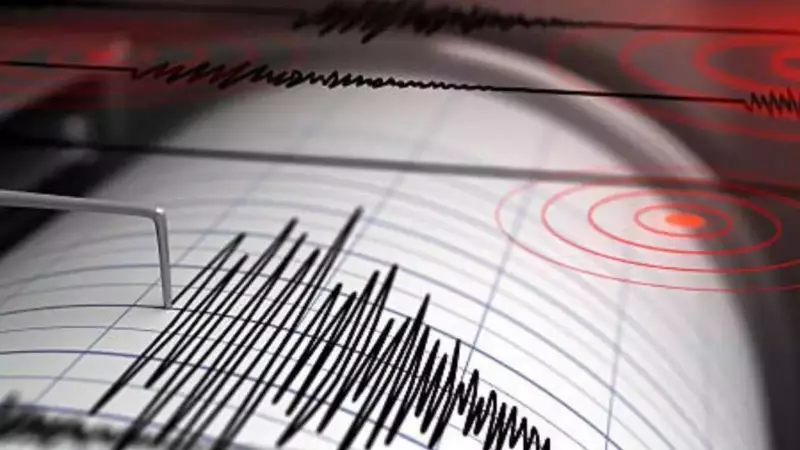
A powerful earthquake measuring 6.6 on the Richter scale jolted the Banda Sea region of Indonesia, sending tremors through the seismically active area. The quake, which struck at a significant depth, has raised concerns but brought some relief as authorities confirmed no tsunami threat to coastal communities.
Earthquake Details and Epicenter Location
The United States Geological Survey (USGS) reported that the quake's epicenter was located in the Banda Sea, approximately 342 kilometers northwest of Saumlaki, a town in the Tanimbar Islands of Indonesia. The seismic event occurred at a considerable depth of 10 kilometers beneath the Earth's surface, which played a crucial role in determining the tsunami risk assessment.
Why No Tsunami Warning Was Issued
Indonesian authorities made the calculated decision not to issue a tsunami warning following comprehensive analysis of the earthquake's characteristics. Several factors contributed to this determination:
- The earthquake's significant depth reduced its potential to generate massive tsunami waves
- Distance from heavily populated coastal areas minimized immediate threat
- Historical data showing similar deep-sea quakes in the region rarely trigger tsunamis
- Real-time monitoring showed no abnormal sea level changes
Indonesia's Seismic Vulnerability
Indonesia sits along the volatile Pacific Ring of Fire, making it one of the most earthquake-prone countries in the world. The archipelago nation experiences thousands of seismic events annually due to the constant movement of tectonic plates. The Banda Sea region, in particular, has witnessed numerous significant earthquakes throughout recorded history.
This latest event serves as a reminder of the constant geological activity that characterizes the Indonesian territory. While the 6.6 magnitude quake was substantial, the depth and location prevented any major damage or casualties according to initial reports.
Regional Impact and Monitoring
Seismic monitoring stations across Southeast Asia detected the tremors, with the earthquake being classified as a major seismic event. However, due to the remote location of the epicenter and the depth of the quake, shaking was felt only mildly in the nearest inhabited areas.
Emergency response teams remain on alert, continuously monitoring for any aftershocks or changes in the situation. The Indonesian meteorological and geophysical agency continues to provide regular updates as more data becomes available from their network of monitoring stations throughout the archipelago.





